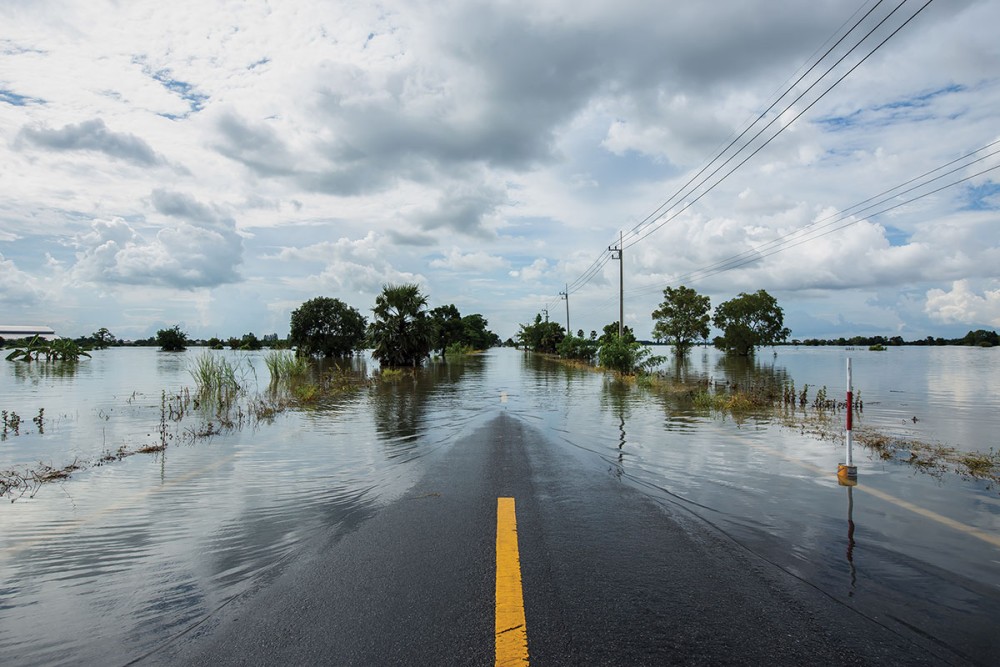When the Four Horsemen ride again
Climate change will have religious consequences, especially in the Global South.

Throughout history, societies have often understood great climatic events and disasters in religious terms, as signs of God’s anger. Such episodes have driven wide-ranging religious developments: enthusiastic revivalism, new apocalyptic or millenarian movements, and all too often the scapegoating and persecution of minorities.
In our time of unprecedented climate change, will we see some kind of environmentally oriented change in our churches and religious institutions? I expect that we will in some parts of the world—but probably not in the prosperous and economically developed parts. That’s because of a fundamental shift in modern consciousness.
Across the Global South, populous and mainly poor societies will suffer the most acute effects of global warming, and these changes likely will have broadly religious consequences. These are likely to include the intensification of religious violence across much of Africa and the rise of uncompromising militant sects. The consequences may recall the harsh experiences of early modern Europe: think of the Four Horsemen, of famine, plague, death, and war. We might even see a broad upsurge in anti-witchcraft movements, as societies seek culprits for the travails that they are suffering.





